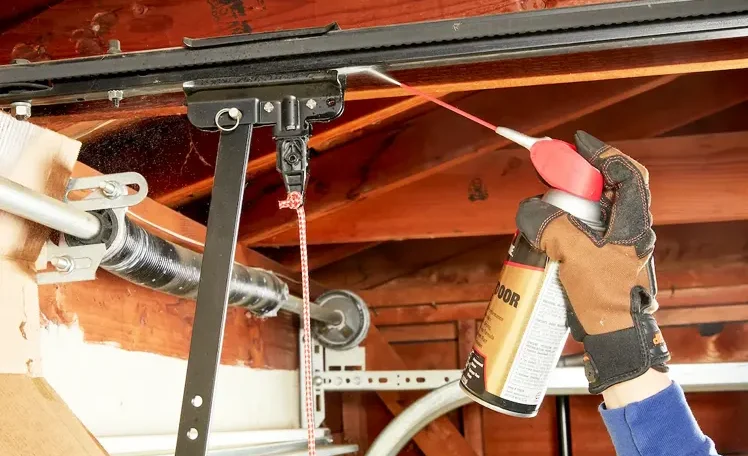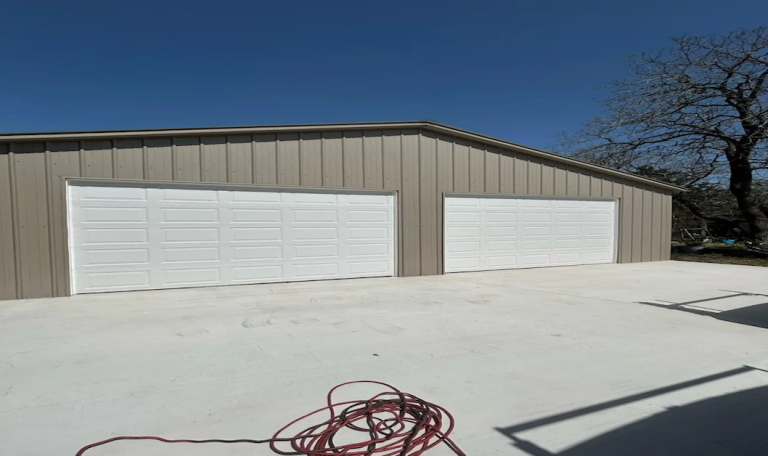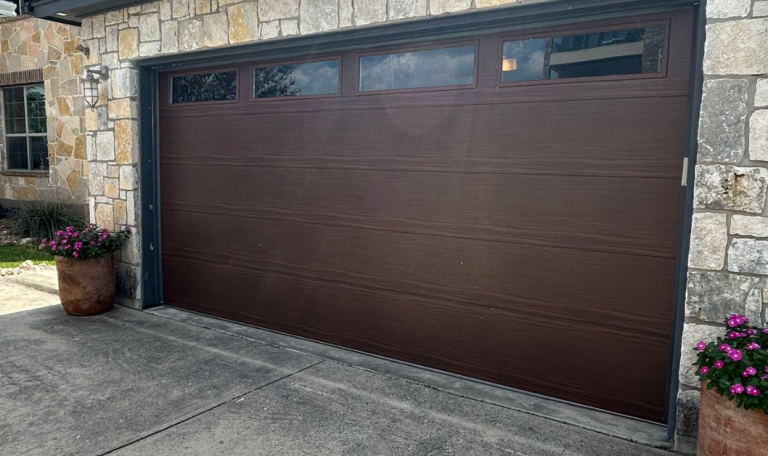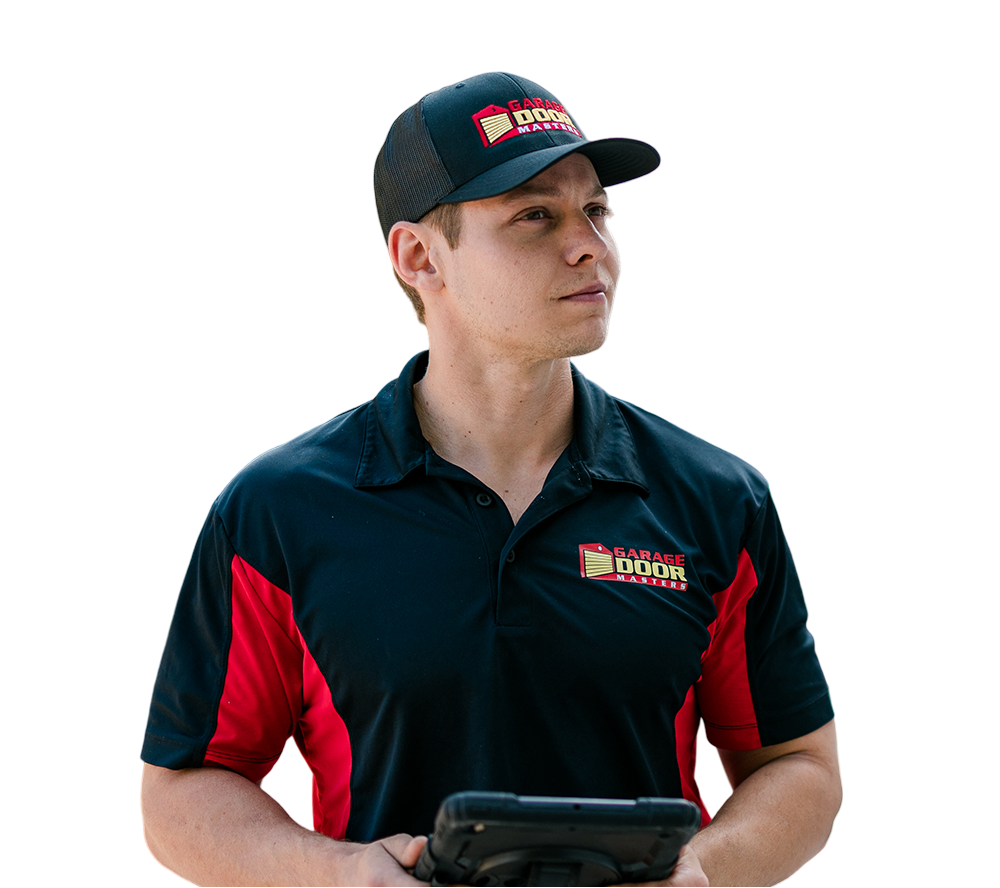Hey there, homeowners! Did you know that regular maintenance can save you from costly repairs down the road? Lubricating garage doors is one of the simplest yet most effective maintenance tasks you can do. Just like your car needs oil changes, your home’s largest moving part needs proper care too. Let’s dive into why lubricating garage doors makes such a big difference in 2025 and beyond! The Benefits Of Lubricating Garage Doors Explained When you maintain your entry system with proper lubricants, you’ll notice the difference right away. First, that annoying squeaking sound disappears! Nobody wants to wake the whole neighborhood every time they leave for work early in the morning. Beyond the noise reduction, lubricating garage doors reduces friction between moving parts. This means less wear and tear on the mechanisms that open and close your system daily. Lower friction also means the motor doesn’t have to work as hard, potentially reducing your energy bills. Plus, smooth operation means less stress on springs, cables, and rollers – parts that can be expensive to replace. How to Properly Lubricate Your Garage Door Components Not all products work the same for this job. You’ll want to avoid using WD-40 for this task – it’s actually a solvent, not a true lubricant. Instead, pick up a silicone-based or lithium-based product specifically designed for overhead entry systems. Before applying any product, take time to clean the tracks, rollers, and hinges. Remove dirt, debris, and old dried-up product with a clean cloth. The process of lubricating garage doors should always start with proper cleaning. After cleaning, apply a small amount of lubricant to each moving part. Remember, more isn’t better! Too much product can attract dust and create a sticky mess that makes things worse, not better. https://youtube.com/shorts/x6DQYWSvhLo Applying Lubricant to Garage Door Bearings and Moving Parts Focus on these key components when doing your maintenance: Rollers (both the bearings and stems) Hinges between each panel Spring systems (torsion or extension) Locking mechanisms and handles Arm bar where the opener connects Apply just a small amount to each part, then operate the system several times to help distribute the product evenly. Experts recommend lubricating garage doors at least twice a year for optimal performance. Wipe away any excess with a clean rag to prevent drips on your car or floor. This simple process takes about 15 minutes but saves hours of headaches later. When to Clean and Lubricate the Garage Door Tracks Many homeowners ask if they should put lubricant directly on the tracks. The answer is no! Tracks should be kept clean but not slippery. Instead of lubricating tracks, just clean them thoroughly with a damp cloth and mild detergent. Most experts recommend a maintenance schedule of every six months for the entire system. However, if you live in an area with extreme weather conditions or use your door frequently, you might need to do this quarterly. Listen for squeaking sounds or notice if the operation seems slower – these are signs it’s time for some care. The benefits of lubricating garage doors become most apparent during seasonal changes, when temperature fluctuations can affect performance. Extending Your Garage Door’s Lifespan Through Regular Lubrication A well-maintained entry system can last 15-30 years, while neglected ones might need replacement in just 5-7 years. That’s a huge difference in lifespan for just a few minutes of work twice a year! Regular maintenance also helps you spot potential problems before they become serious. While applying lubricant, take time to inspect cables, springs, and mounting hardware for signs of wear. Catching these issues early can prevent dangerous failures and save money on emergency service calls. Plus, a smoothly operating system puts less strain on the opener motor, potentially extending its life too. The process of lubricating garage doors is truly one of the most cost-effective maintenance tasks any homeowner can perform. Our Experts Are Here To Help Get a Free Quote FAQ What is the best thing to lubricate a garage door with? The best garage door lubricant is either silicone spray or white lithium grease. Silicone works great for rollers, hinges, and tracks because it doesn’t attract dirt. For heavier components like springs and bearing plates, lithium grease provides longer-lasting protection. Avoid using WD-40 alone as it’s primarily a cleaner, not a true lubricant. Should I lubricate my garage door chain? Yes, you need to lubricate your garage door opener chain regularly. Apply a small amount of grease specifically designed for chains about twice yearly. This keeps your garage door running smoothly and prevents premature wear. Simply spray or apply directly to the chain, then open and close the door several times to distribute evenly. Is silicone lubricant good for garage doors? Silicone spray is excellent for garage door maintenance! It works perfectly on nylon rollers, hinges, and other moving parts. Unlike heavy oils, silicone doesn’t collect dust or harden in cold weather. Apply it sparingly to the ball bearings and wipe away excess lubricant. For metal-on-metal contact points, consider lithium grease instead. The best garage door lubricant is either silicone spray or white lithium grease. Silicone works great for rollers, hinges, and tracks because it doesn’t attract dirt. For heavier components like springs and bearing plates, lithium grease provides longer-lasting protection. Avoid using WD-40 alone as it’s primarily a cleaner, not a true lubricant. Yes, you need to lubricate your garage door opener chain regularly. Apply a small amount of grease specifically designed for chains about twice yearly. This keeps your garage door running smoothly and prevents premature wear. Simply spray or apply directly to the chain, then open and close the door several times to distribute evenly. Silicone spray is excellent for garage door maintenance! It works perfectly on nylon rollers, hinges, and other moving parts. Unlike heavy oils, silicone doesn’t collect dust or harden in cold weather. Apply it sparingly to the ball bearings and wipe away excess lubricant. For metal-on-metal contact points, consider lithium grease instead.




